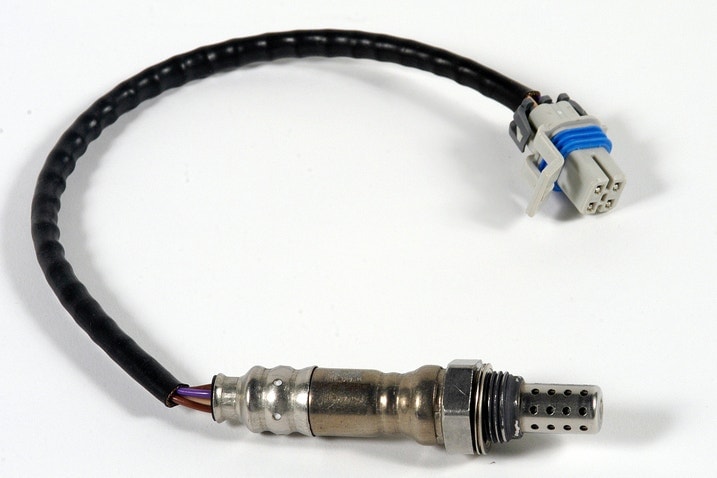Photo: Juanmonino | E+ via Getty Images
The number of oxygen (O2) sensors installed on a vehicle will vary based on the model, engine type, and exhaust system configuration, but most modern vehicles will have either two or four O2 sensors in total. Typically, one sensor will be installed before each catalytic converter, and another sensor will be installed after each catalytic converter in the exhaust system path. These are known as upstream and downstream sensors, respectively.
These sensors play a vital role in the performance and efficiency of modern engines, yet they go unnoticed by the vast majority of the motoring public. Typically located on a vehicle’s exhaust system piping and often referred to as an oxygen sensor, these electronic devices measure the amount of oxygen in the exhaust gases that a vehicle’s engine generates and relay that information back to the vehicle’s electronic control unit.
Based on this information, the engine control unit then adjusts the air-fuel mixture to optimize engine performance and overall efficiency. In 1981, federal emissions laws made the O2 sensor mandatory equipment on all new gasoline-powered cars and light-duty trucks sold in the United States, and in 1996, the inclusion of a second O2 sensor became a requirement.
Signs of a failing O2 sensor
O2 sensors don’t require service or replacement in regular intervals like air filters or motor oil, but they can begin to fail over time. When an O2 sensor starts to fail, it may prevent the engine control unit from accurately determining the proper air-fuel ratio for the engine, which may lead to decreased engine performance, reduced fuel economy, rough idling and engine misfires. This can also lead to excess unburned fuel in the exhaust system, which can create a scent that smells like rotten eggs due to the high sulfur content in gasoline.
Is it OK to drive with broken O2 sensors?
The vehicle’s engine control unit uses O2 sensor data to continuously adjust the air-fuel mixture to ensure that the engine operates properly. If the data that the O2 sensor relays to the engine control unit is inaccurate, it can create an air-fuel mixture that is too “lean” — not enough fuel in the air-fuel ratio — or too “rich” — too much fuel in the air-fuel ratio. Both of these conditions will negatively impact engine performance, fuel economy and emissions.
If left unaddressed, a faulty O2 sensor can also lead to excess fuel entering the catalytic converter, which may cause the converter to overheat and fail, resulting in a significantly more costly repair.
It’s important to note, however, that many of the symptoms of failing oxygen sensors can be caused by other issues, so the issue should be diagnosed by a professional if the vehicle begins to exhibit any of these problems.
How can you tell which O2 sensor is bad?
A failing oxygen sensor will likely cause the check engine light to illuminate on the gauge cluster. This check engine light will also trigger a diagnostic trouble code to be logged into the vehicle’s computer. These codes will typically be five digits, starting with a P. While some newer cars will display this code in the service menu of the vehicle’s gauge cluster, you can also read the code by plugging a diagnostic scanner into the OBD-II port of any 1996 or newer vehicle. This code will describe the issue detected, and if it is indeed a failing O2 sensor, the code will indicate which bank and position the faulty sensor is in.
Do I need to replace all O2 sensors at once?
O2 sensors can be replaced individually, but it’s best to replace both the upstream and downstream sensors along the same exhaust bank. This will ensure that both sensors are delivering accurate readings to the engine control unit. If you want more information on repairing an O2 sensor, check out this related article: How to Fix Your Car's Oxygen Sensor.
O2 sensor maintenance
Following some simple practices will help keep your oxygen sensors in good health for a very long time. Avoid low-quality gasoline whenever possible, as fuel contaminants can create deposits that will cause an O2 sensor to fail prematurely. It’s also a good idea to follow the recommended maintenance intervals in your vehicle’s owner’s manual, especially when it comes to things like air filters and spark plugs. An efficiently operating engine will prolong the lifespan of an O2 sensor, and that means that following the manufacturer’s service guidelines will likely save you money in the long run.


 by
by  edited by
edited by 
